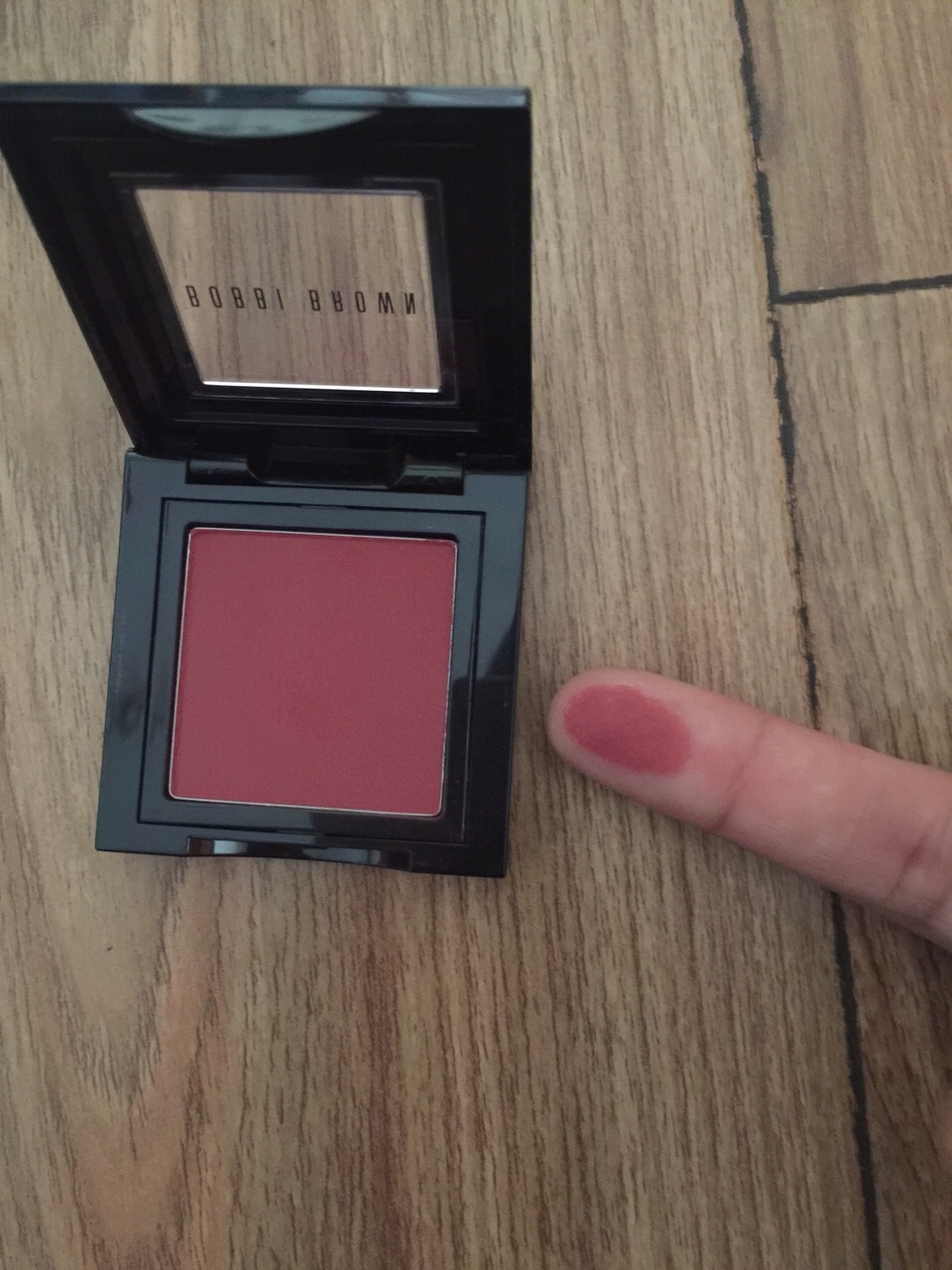Berry Blush By Bobbi Brown

Brand: Bobbi Brown
Shade: Berry
Ideal for
- Fair, medium and dark skin tones
- Healthy looking cheeks
Deserved Rating
1. Packaging:
5/5 – I love square packaging so I really like it but wish it was slightly bigger because I prefer larger pans. I like the transparent glass lid that looks lush.
2. Texture:
5/5 – Very smooth creamy texture that just melts onto the skin making it look like skin itself.
3. Lasting Power:
5/5 – Almost all day. No jokes! Never have to touch up from 9 to 5 at work and even after that too!
4. Shade Color:
5/5 – Amazing color. It looks darker in the pan but on the cheeks it looks divine. It adds that blushing look to your cheeks that comes to babies naturally when the laugh. It is just so perfect especially when applied on the apples of your cheeks.
5. Overall Rating:
5/5 – A perfect blush that looks like skin.
Do I recommend it?
Yes, by all means.
Why is it a hit?
- Creamy texture
- Great lasting power
- Awesome color
- Looks like skin
- Add a flush of color to the cheeks
Why is it a miss?
- Not a miss at all!
Beware!
- If only you do not want those perfectly blushed cheeks that usually happens with real blood when we are happy or shy.
Brace it with
- Any makeup look you want (it works on pretty much all looks from natural to smokey to party looks)
Ingredients:
NOT AVAILABLE
Photos for Reference
By : Natural Health News










